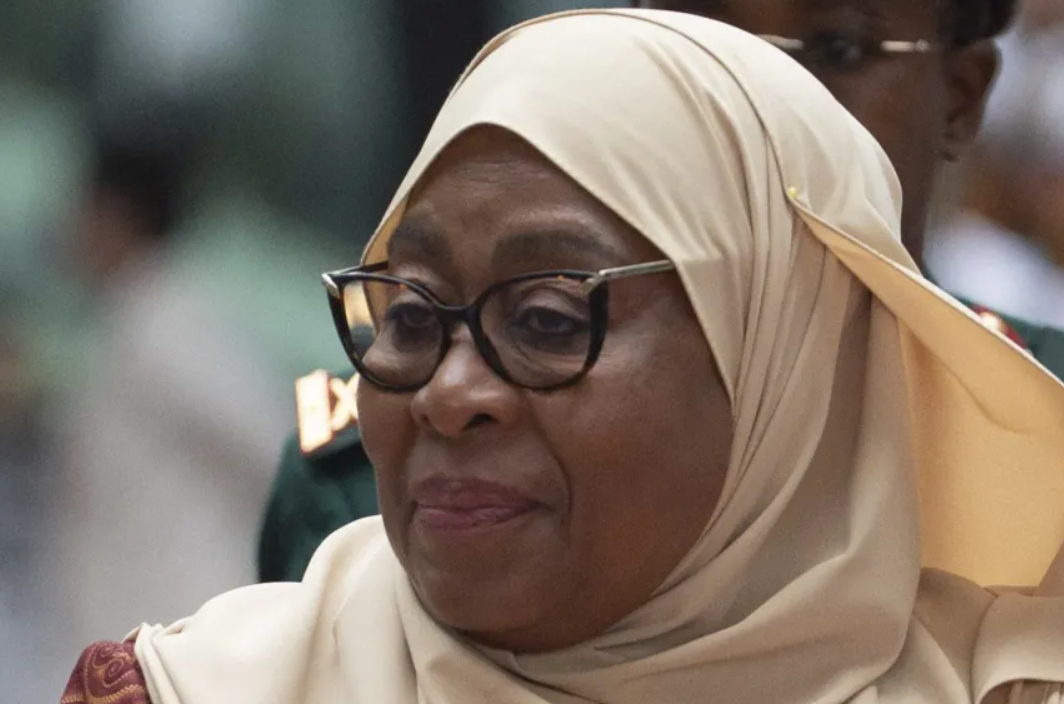The online versions of three prominent Tanzanian newspapers—The Citizen, Mwananchi, and Mwanaspoti—have been suspended by the government for 30 days. This comes after the publication of an animated short that was seen as critical of President Samia Suluhu Hassan. In the run-up to Tanzania’s next general election, this occurrence has cast doubt on the country’s political climate and prompted heated discussion regarding press freedom and government control of media outlets.
The Disputed Animation and Its Repercussions
Amid rising fears of kidnappings and disappearances in Tanzania, an animated clip proved popular on social media. The animation, which The Citizen published, showed a female cartoon figure who resembled President Samia moving between television stations where different people were seen mourning the loss of loved ones caused by kidnapping, disappearance, or murder. The cartoon figure appears upset by the continual complaints towards the end of the film.
The administration saw the little animation—which lasted little over a minute—as an affront to social harmony and national unity. Violations of the 2020 Regulations for Electronic and Postal Communications (Online Content) were reported by the Tanzania Communications Regulatory Authority (TCRA). Because of the TCRA’s prompt action, all three newspapers’ online licenses were temporarily suspended for 30 days, preventing them from using their websites, social media, and YouTube to publish any content.
Limits on the Press and the Media
Rights groups and opposition parties have criticized the government for this suspension, seeing it as an effort to muzzle criticism and dissent in the run-up to the 2025 general election. In particular, Tanzania’s restrictive media regulations enacted under the presidency of the late John Magufuli are responsible for the country’s history of media crackdowns. The Media Services Act of 2016 is one of several laws that have been used to ban media outlets that the government deems overly critical.
The present suspension of these three major publications shows that media freedom in Tanzania is still in danger, contrary to earlier hopes that President Samia’s leadership would mark a turnaround in this trend. The government’s efforts, according to rights groups, are stifling free speech and making it harder for the public to get information.
Political Unrest and Persistent Tensions
The latest savage murder of an opposition official, along with a spate of kidnappings and arrests, has ratcheted up tensions in Tanzania, which has led to the suspension. These incidents have heightened worries over the country’s security and human rights. Political opponents and dissenters are being singled out by the administration, according to government critics, who are expressing concerns about heightened political repression leading up to the 2025 general elections.
President Samia has strongly denounced the assassination of the opposition leader and other violent crimes. But the government’s dedication to openness and responsibility is called into question by the media ban that hit The Citizen, Mwananchi, and Mwanaspoti.
Reaction from the Press and the General Public
After the TCRA’s decision to suspend the newspapers, The Citizen and the others that were impacted voiced their unhappiness. The animation, according to Mpoki Thomson, managing editor of The Citizen, was never designed to insult or cause disturbance; rather, it was supposed to highlight public safety problems. Thomson released a statement expressing apologies for the “misinterpretation” that led to the withdrawal of the animation shortly after it was published.
The embargo is still in place, even though the media have tried to follow the government’s orders and fix the problem. The news organization has promised its readers that they would still receive their daily print editions even as it attempts to restore its online operations through negotiations with relevant authorities.
Many in the opposition and rights organizations see the suspension as a stifling of free speech and a threat to press freedom. A lot of people think the government is trying to set the tone for the general elections, when they will be up against strong opposition, by doing these things.
Background: Tanzania’s Suppression of the Media
There have been several cases of censorship and media suppression in Tanzania in the past few years, creating a very unstable media environment. Bans were imposed on numerous newspapers by President Magufuli due to their coverage of sensitive issues such as corruption and human rights abuses. The strict Media Services Act focused on these groups: Daima, Mawio, Mwanahalisi, and Mseto. The restrictive media environment is still in place, even if these newspapers were eventually allowed to resume operations.
Many were hoping that President Samia’s administration would be more progressive in its treatment of media freedom after Magufuli died in 2021. Little has changed, though, because The Citizen, Mwananchi, and Mwanaspoti have all been suspended. Some worry that Tanzania is heading backward into an age of more control and less press freedom as a result of the recent crackdown.
Media Freedom in Tanzania: A Look Into Its Future
What will happen to media freedom in Tanzania when the country’s next general election approaches is anyone’s guess. Other news organizations and independent journalists should take note: critical coverage of the government will not be tolerated—that is, the message sent by the suspension of major media outlets.
In summary
An animated short critical of President Samia Suluhu Hassan led to the suspension of The Citizen, Mwananchi, and Mwanaspoti, highlighting the increasing concerns regarding press freedom in Tanzania. Government efforts to censor the media in an effort to silence dissenting opinions are reflective of a larger trend as the nation heads toward its next general election. Despite the continued ban on the online production of newspapers, the fight for media freedom in Tanzania is far from finished.


















